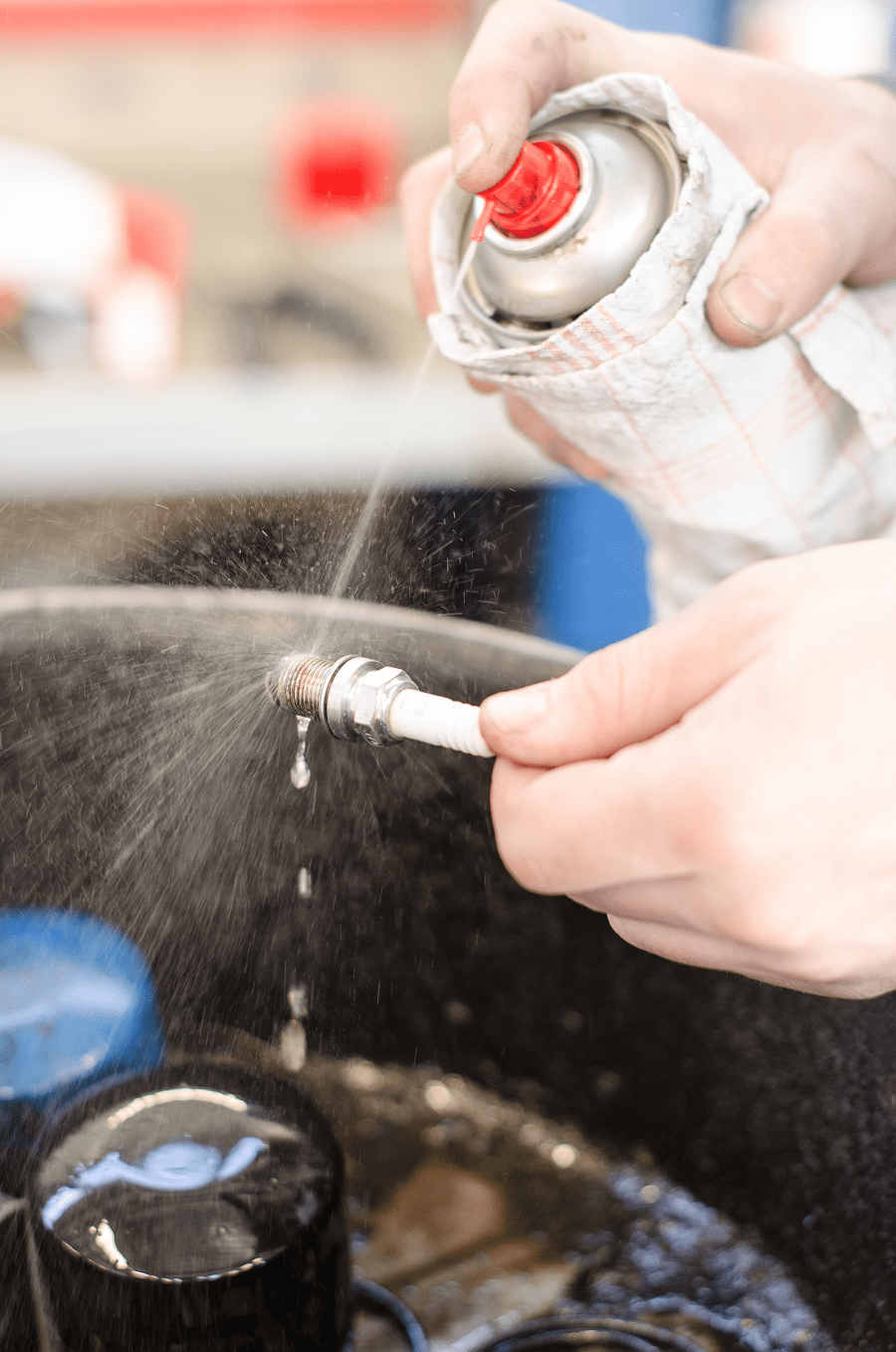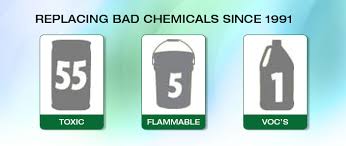As a class of organic solvents, hydrofluoroethers are a type of hydrocarbon with an ether bond. They were introduced in 1996 to help combat the rise in greenhouse gas emissions and global warming. Characteristics of Hydrofluoroethers They have many qualities that...








